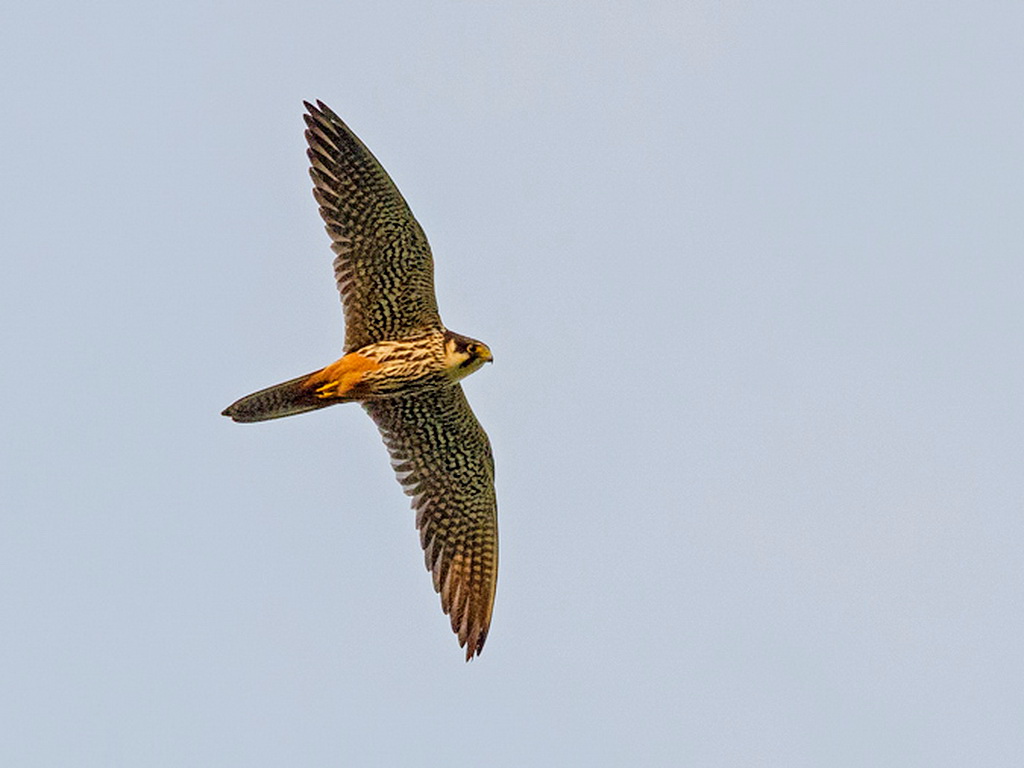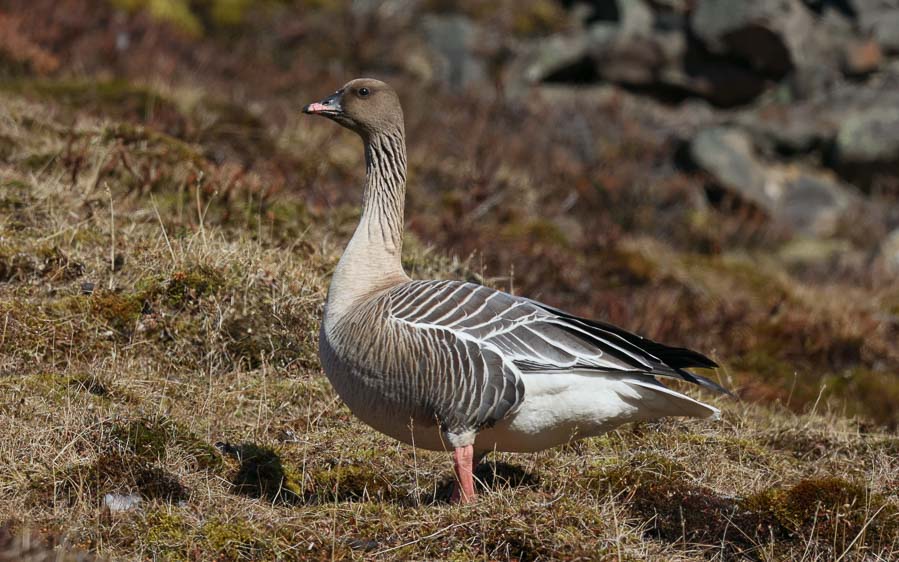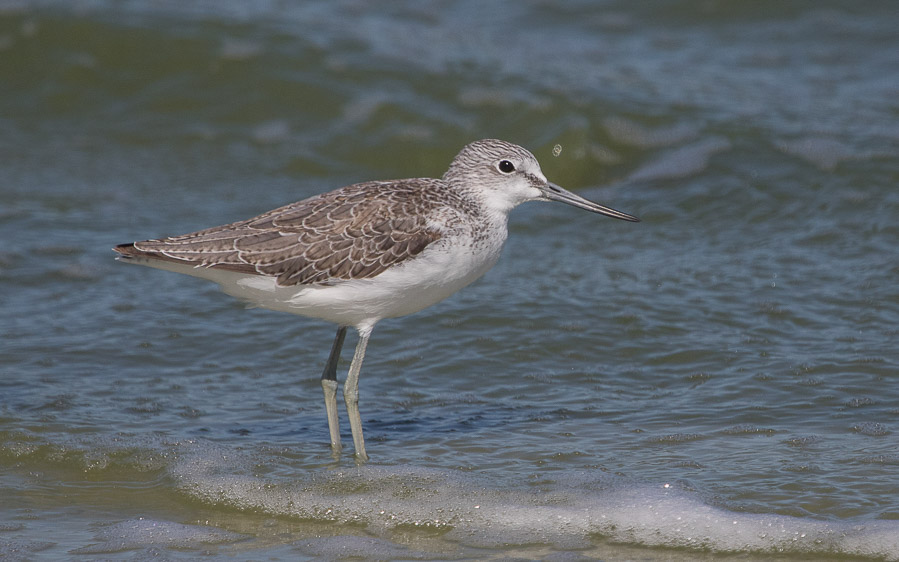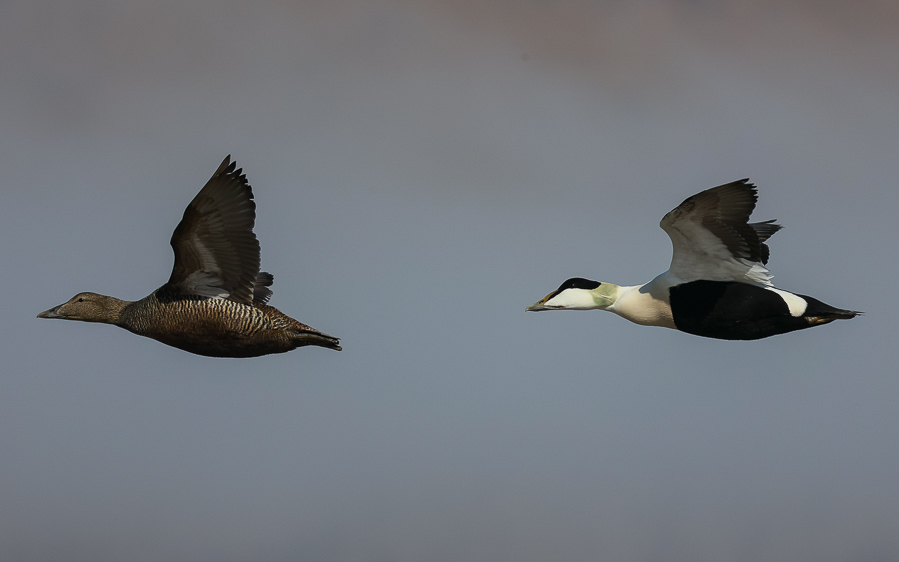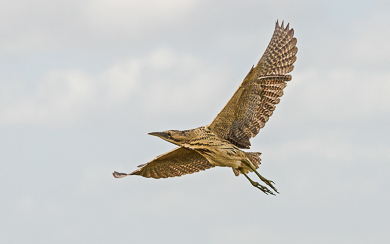Birding Tours – Day Tours
United Kingdom, Norfolk birding day tours, which we run at any time!
Norfolk is regarded as one of the premier bird watching locations in the United Kingdom (UK). Its variety of habitats and high number of species make it a must-visit for birders from other parts of the UK and abroad, find out why below.
The county of Norfolk sits on England’s east coast and forms the northern section of the region of East Anglia. Norfolk covers an area of 2,074 square miles (5,372 square kilometers), which makes it the 5th largest county in England, and it is relatively sparsely populated. With a population of around 900,000 people it is the 25th most populated county in England.
Norfolk is a county steeped in an enthralling history. One of its most famous residents is also one of its oldest. Boudica, the Queen of the Iceni tribe, led rebellions in AD 47 and AD 60 against the Roman invasion of Britain. The second rebellion ultimately failed but it cemented her name in British history forever. The name of Norfolk was given to the region in the 5th century by the Angles who controlled the region until it merged with Mercia and Wessex. Vikings arrived in the 9th century and raided the area up until the Norman conquest of 1066. In the 20th century Norfolk became a key center for aviation, especially during World Wars One and Two.
Read More
Norfolk’s geography primarily consists of low-lying agricultural areas interspersed with woodland, wet bog, and heathland. The exception to this is the vast Norfolk Broads which are found in the east of the county. This area, of 117 square miles (303 square kilometers), dominates the landscape of east Norfolk and contains 63 broads and seven rivers with over 120 miles (193 kilometers) of navigable waterways. This area is a vital site for wildlife in this part of the county and the UK as a whole. Another key feature of Norfolk’s geography is its varied coastline which includes impressive sea cliffs, vast sand dunes, mudflats, grazing marshes, and reedbeds; all home to an abundance of wildlife throughout the year.
Following International Ornithological Congress (IOC) taxonomy (v10.2 in November 2020) the bird list of Norfolk stands at 482 bird species. This list includes many migrant and vagrant species and there are 135 regularly breeding species. Norfolk is a great place to bird year-round.
Our Norfolk day trips will enable you to see many of the key species of the region. What you see will depend entirely on which season you chose to visit the county, and our Norfolk bird watching tours are designed to maximize the sightings of these key species in each season. We have highlighted below some of the key features and species of each season but please read our detailed itineraries for a more comprehensive idea of what you can expect to see. In each season we have several birding tour routes which visit different areas and habitats to increase the number of species possible.
Winter birding day tours
Norfolk is an incredibly important area for a wide range of overwintering birds, from further north in the UK or from east and northeast Europe. Vast numbers of wintering wildfowl and waders (shorebirds) are present along the coast, along with nationally important counts of birds of prey. There are also plenty of exciting resident and migrant passerine species too, many of which form large non-breeding flocks making their presence more noticeable. Some of the highlight birds include: Pink-footed Goose, Tundra Bean Goose, Greater White-fronted Goose, Common Crane, Black-tailed Godwit, Red Knot, Purple Sandpiper, Eurasian Bittern, Hen Harrier, Rough-legged Buzzard, Short-eared Owl, Merlin, Bohemian Waxwing, Bearded Reedling (Bearded Tit), Black Redstart, Water Pipit, Brambling, Twite, Lapland Longspur (Lapland Bunting), and Snow Bunting.
Spring and summer birding day tours
Norfolk is one of the premier spots for spring migration in the UK. Displaced birds often find themselves on the Norfolk coast before carrying on their journey from Africa to Scandinavia and beyond. There is also a chance of something rarer and unexpected. Norfolk bird watching tours during the summer months will focus on the breeding species of the county. Some of the highlight species of this period include: Garganey, Common Pochard, European Nightjar, Common Cuckoo, European Turtle Dove, Eurasian Stone-curlew, Pied Avocet, Eurasian Dotterel, Wood Sandpiper, Little Tern, Eurasian Spoonbill, Northern Goshawk, Eurasian Hobby, Woodlark, Common Grasshopper Warbler, Garden Warbler, Lesser Whitethroat, Dartford Warbler, Ring Ouzel, Whinchat, and Tree Pipit.
Autumn day tours
Autumn, as during Spring, is dominated by the migration of birds through Norfolk. This time, the southerly migration sees birds moving from the far north of Europe to their wintering grounds in Africa. Often these birds become displaced and arrive in the region, sometimes in vast numbers. There is also the chance, with the right winds, of something truly special from further east. While this is a season of the unexpected, some of the typical highlights in autumn include: Greater Scaup, Eurasian Woodcock, Eurasian Whimbrel, Bar-tailed Godwit, Ruff, Temminck’s Stint, Little Stint, Red (Grey) Phalarope, Little Gull, Great Skua, Long-eared Owl, Short-eared Owl, Eurasian Wryneck, Merlin, Yellow-browed Warbler, Barred Warbler, Lesser Whitethroat, Common Firecrest, Ring Ouzel, Black Redstart, Common Redstart, Water Pipit, and Brambling.
On all of these Norfolk bird watching tours there is the added potential for a scarce or rare bird being found where we will be birding, so it is always worth expecting the unexpected!
Norfolk is such an important county from a birding point of view that it features heavily in our two UK set departure birding tours: United Kingdom: Ultimate Spring Tour and our United Kingdom: England in Winter Tour. If you fancy a longer birding trip around England and Scotland these are great options.

